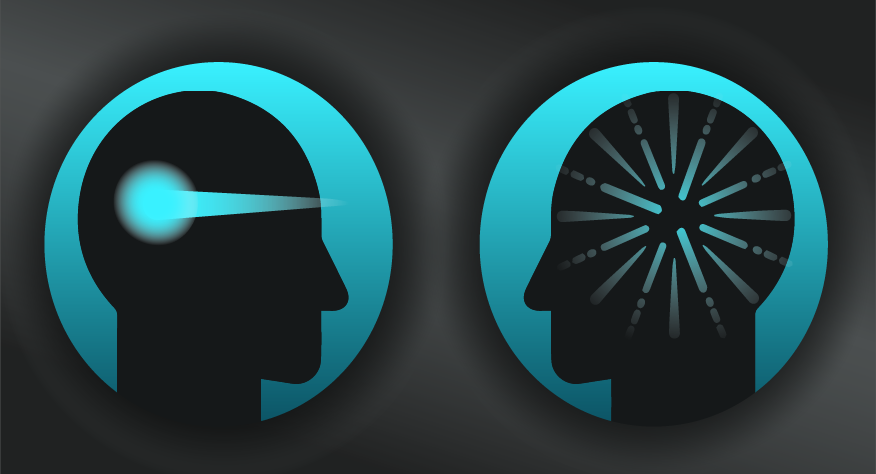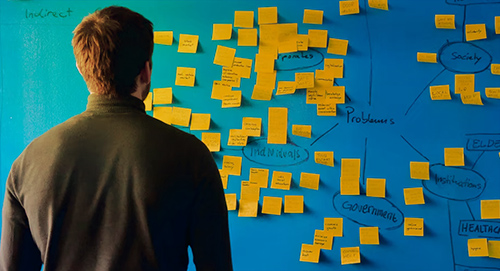
 0 saved
0 saved
 39.4K views
39.4K views








In our agile, complex world, no matter what your role or what you're being tasked to deliver, you will likely need to incorporate more techniques from product design moving forward.
This oft ill-defined role is growing in popularity, and typically combines capabilities in technology, UX design, Business Analysis, Marketing and more. Yes, that is a lot! And a lot is expected from product designers who are being challenged to uncover customer needs, navigate business goals, understand market trends, and lead teams to design commercially viable products.
Think about the work you're doing now — and consider your outputs as a 'product'. How can you incorporate these broad product designer skills to deliver improved customer experiences in a way that also delivers business value? This Playbook won't deliver on all your needs, but it's a strong starting point for what is a complex and broad domain.
------
A quick note before you jump in — let's face it, you're not going to remember all of these models and frameworks. So be sure to sign up for our free newsletter here to receive one summarised, powerful idea each week that you can apply immediately.
-------
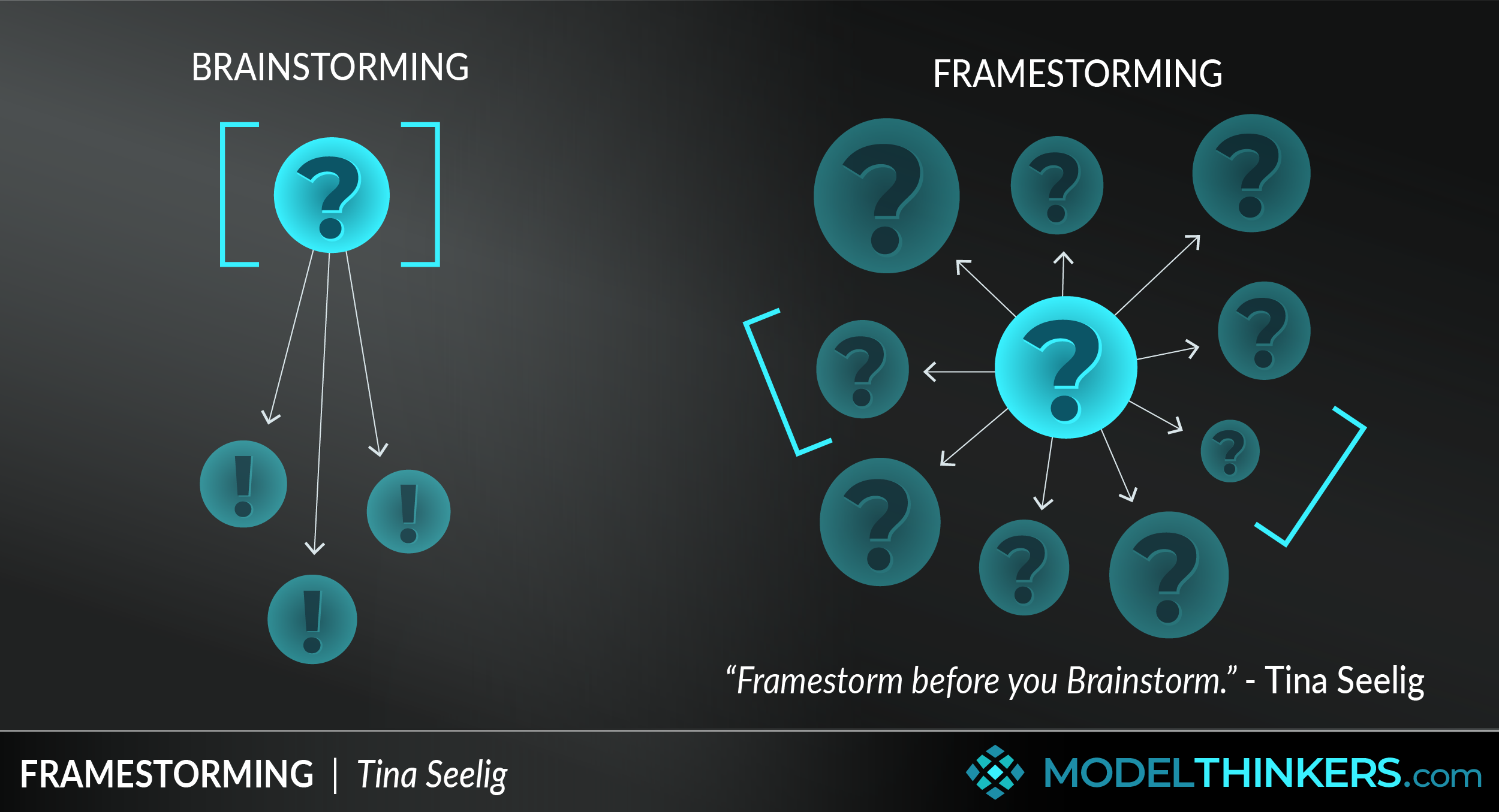
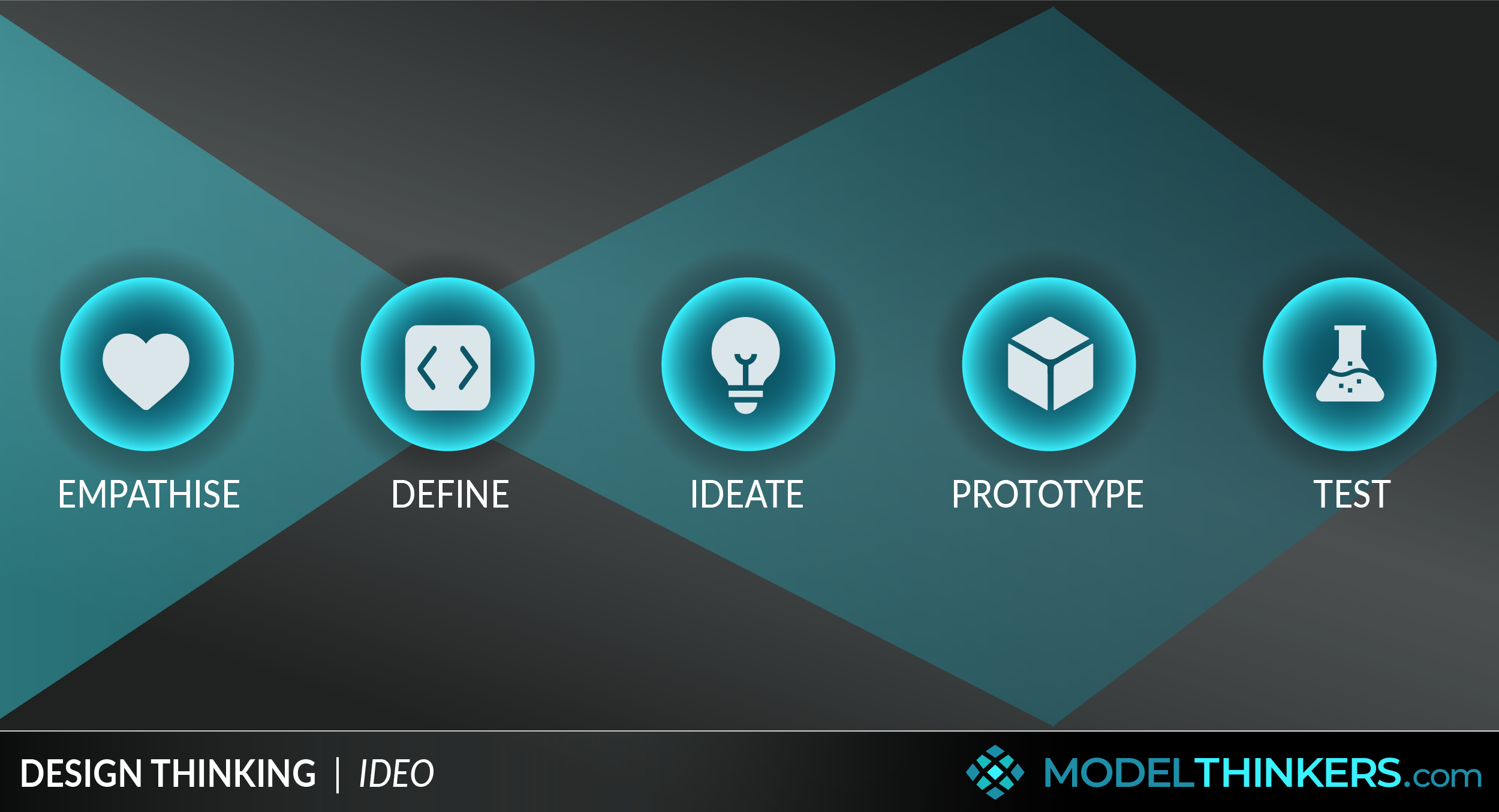
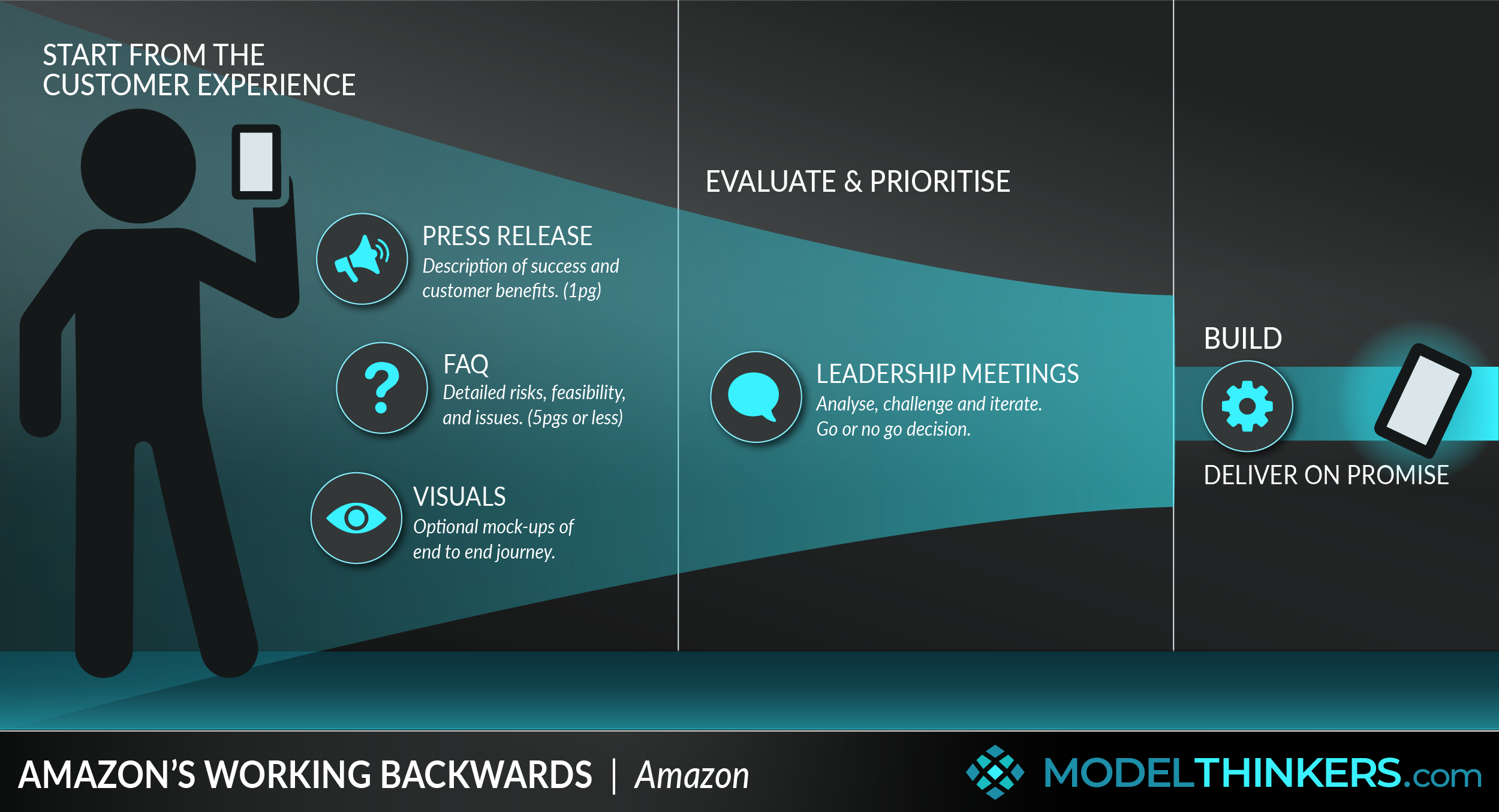
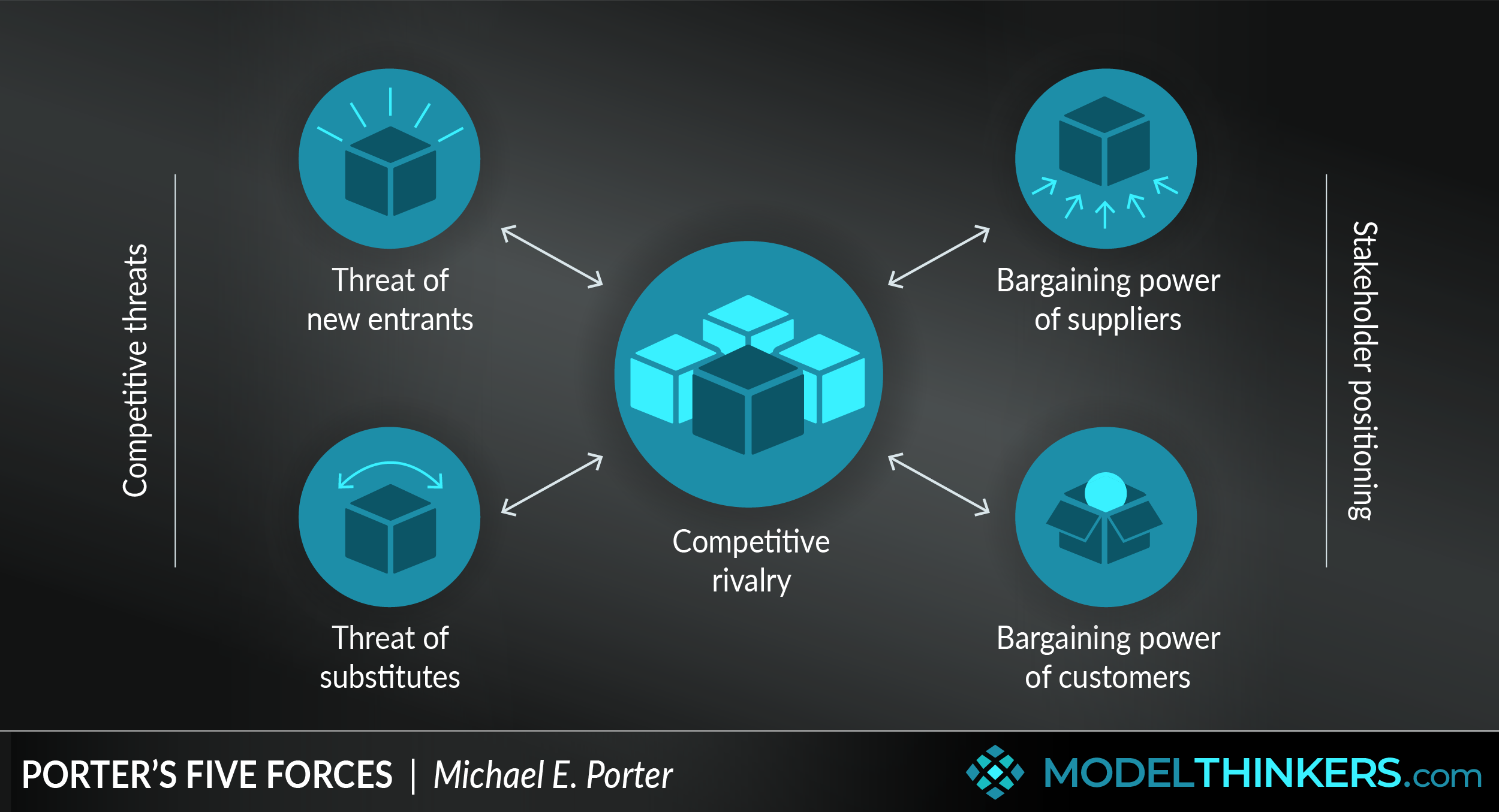
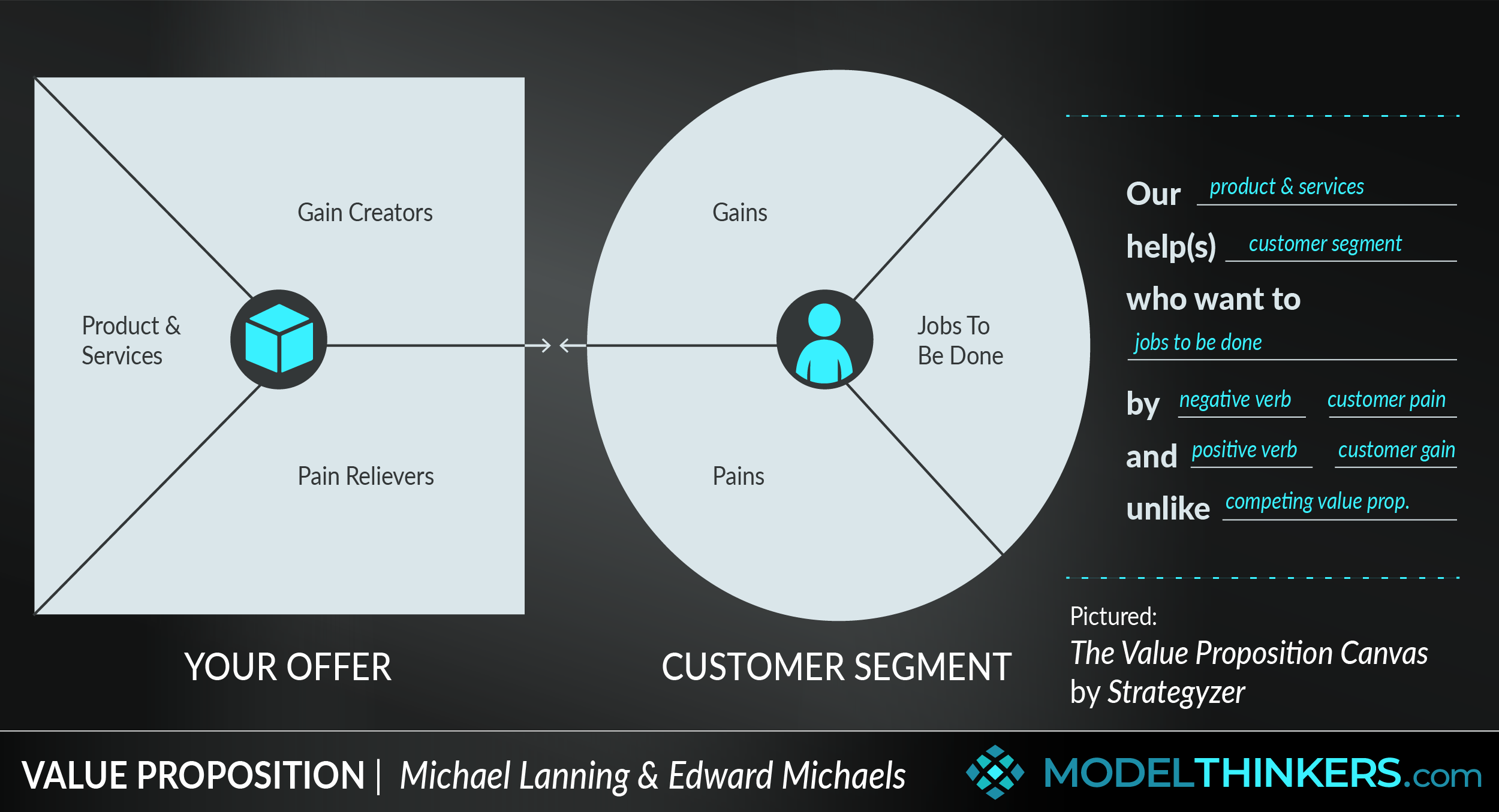
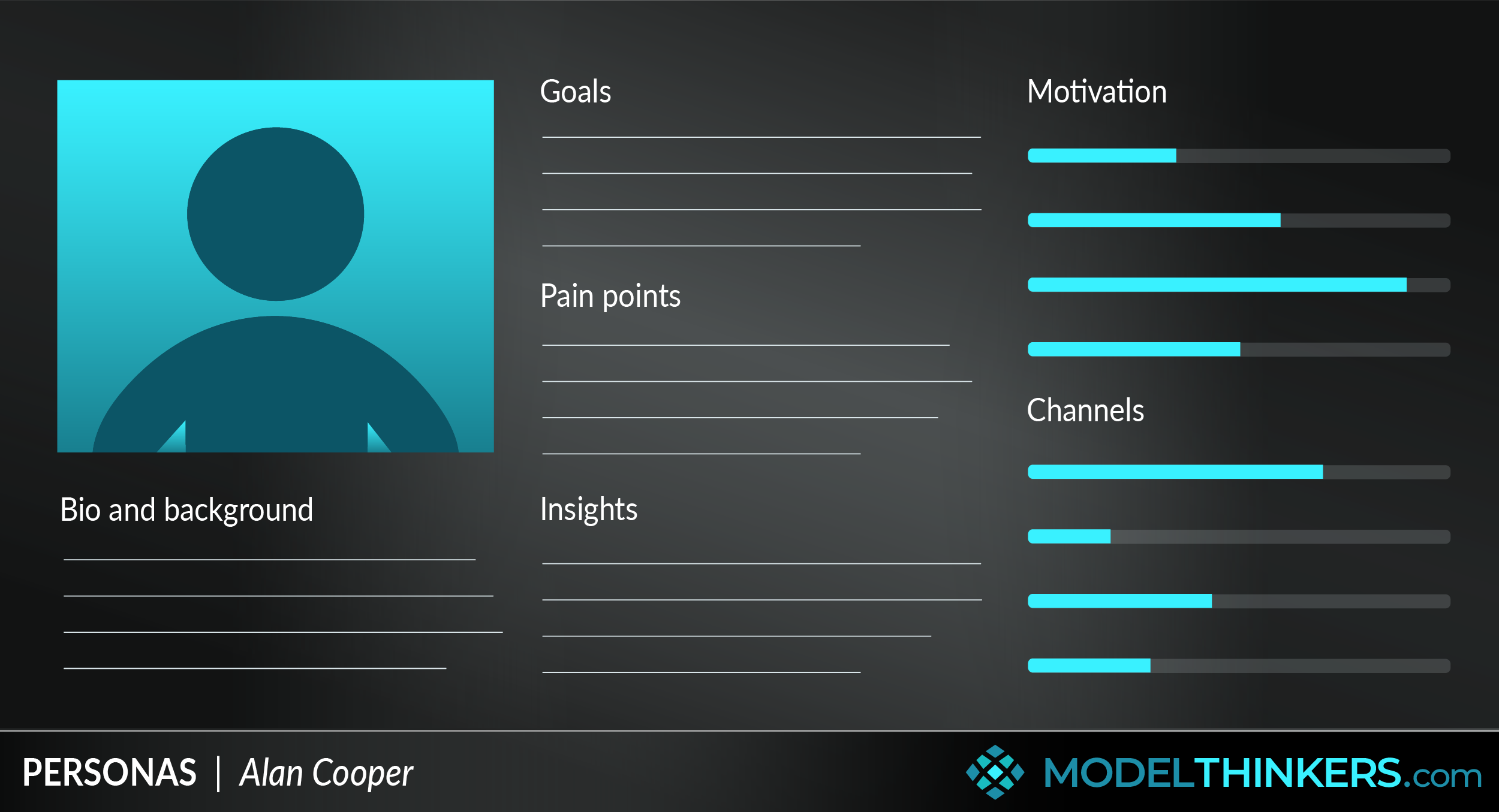

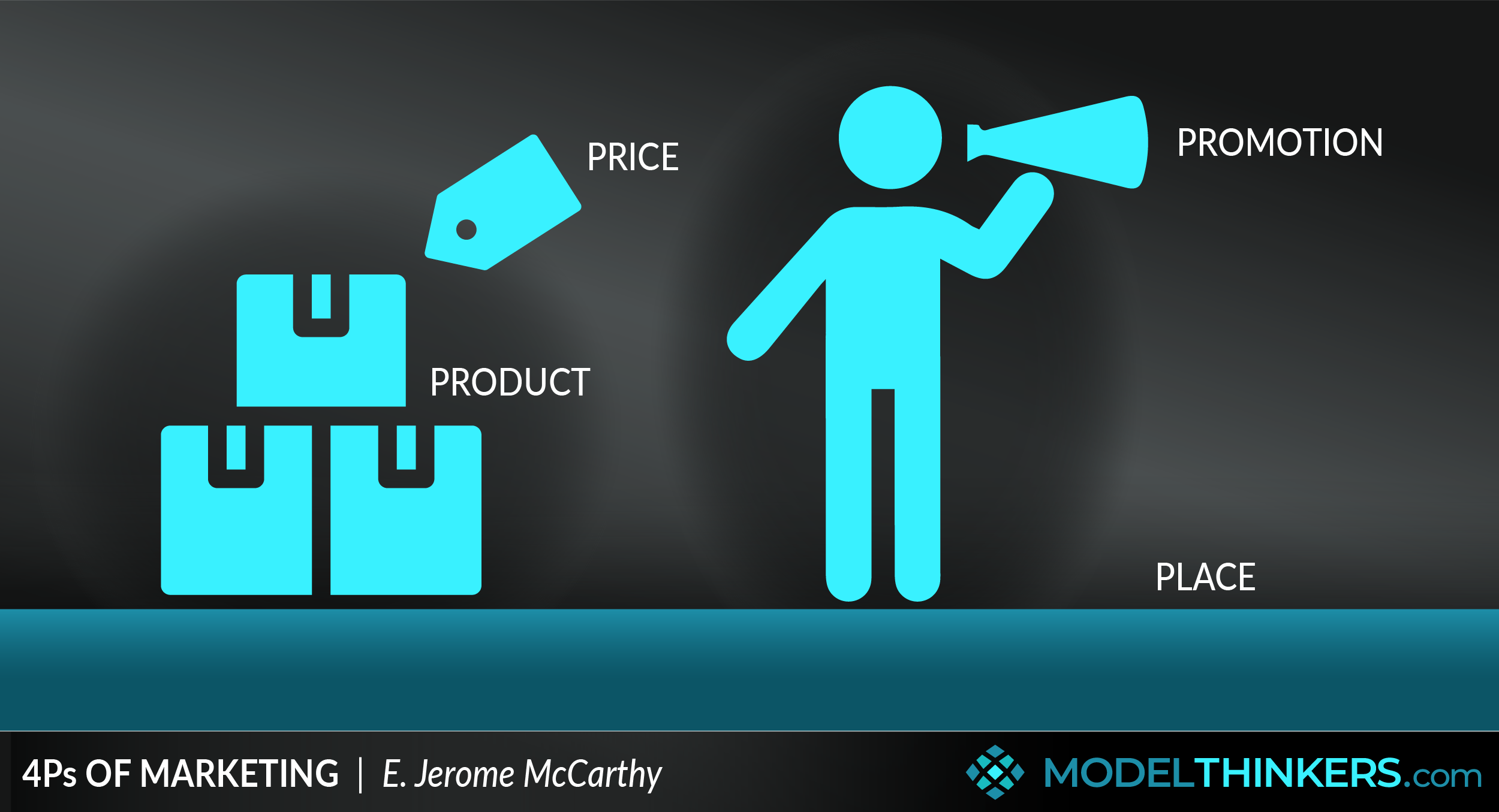


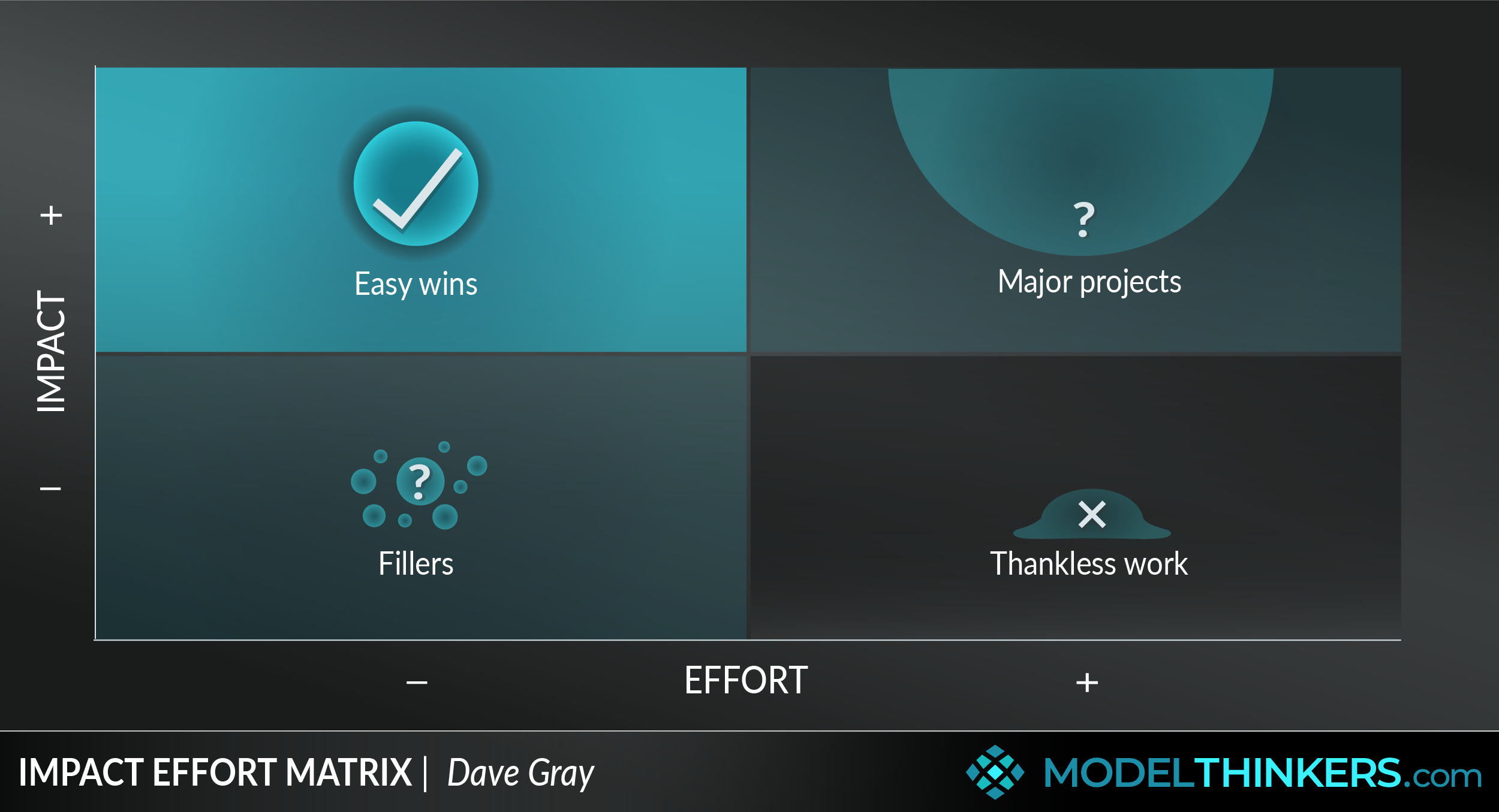
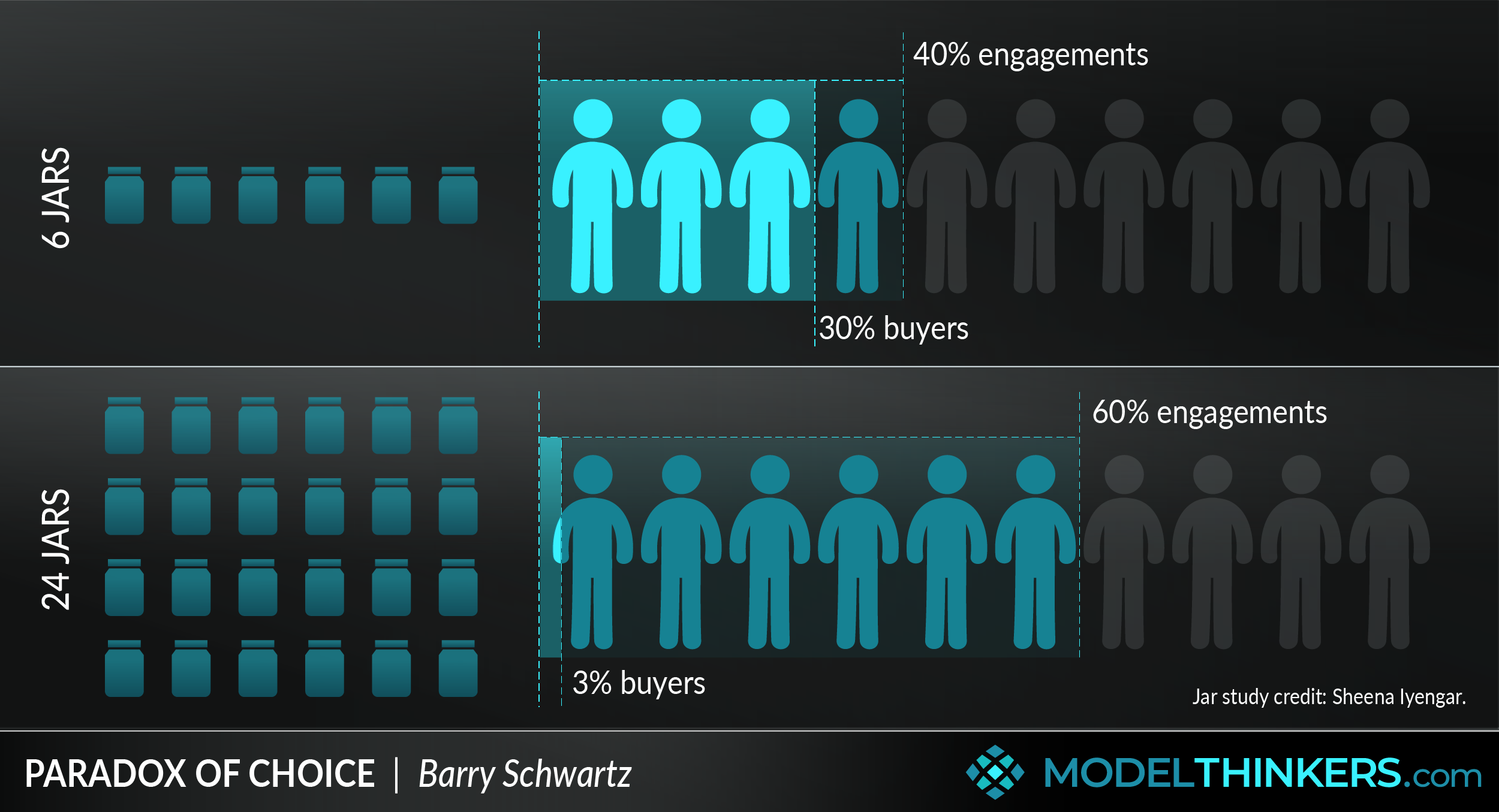
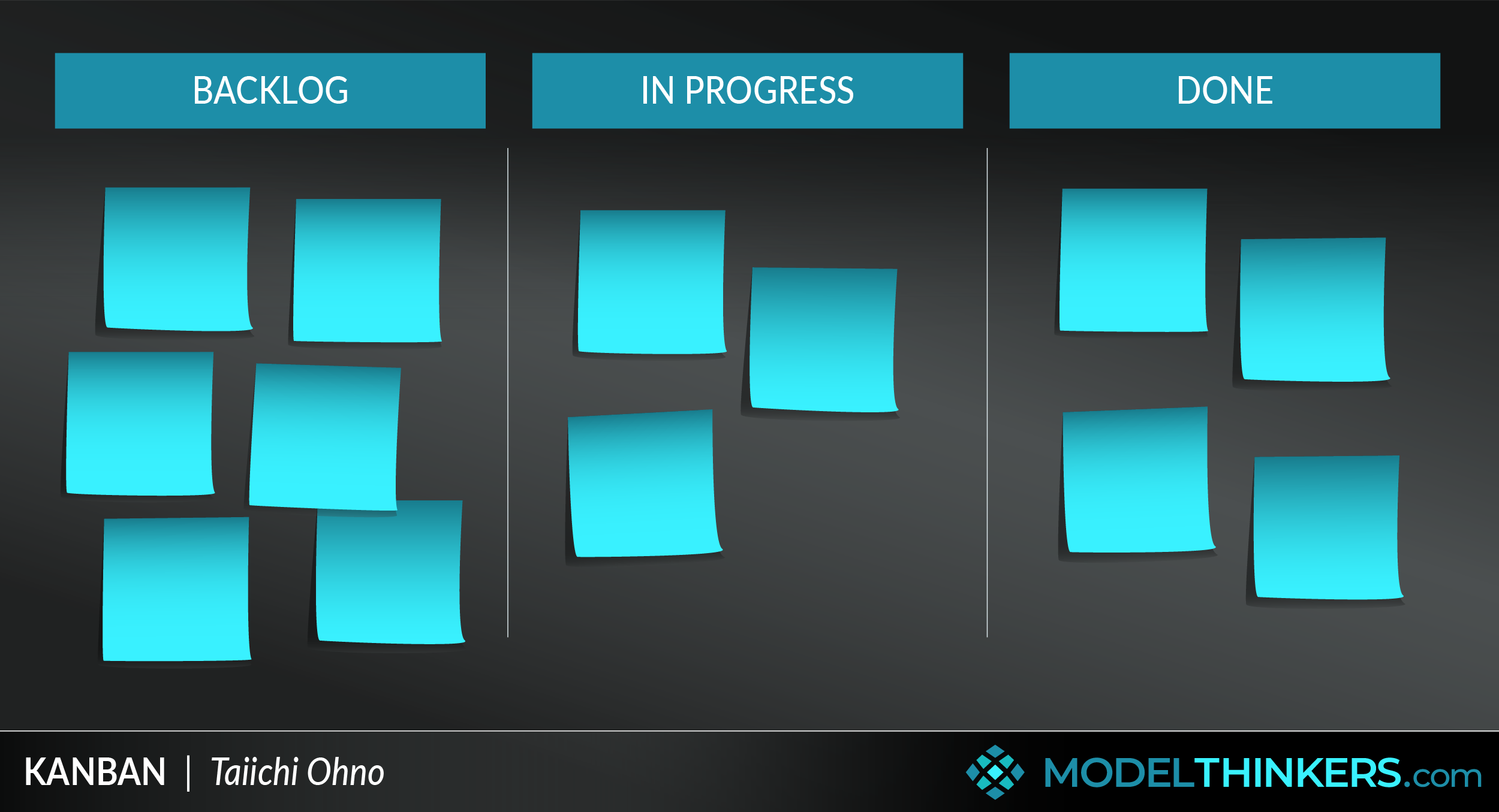
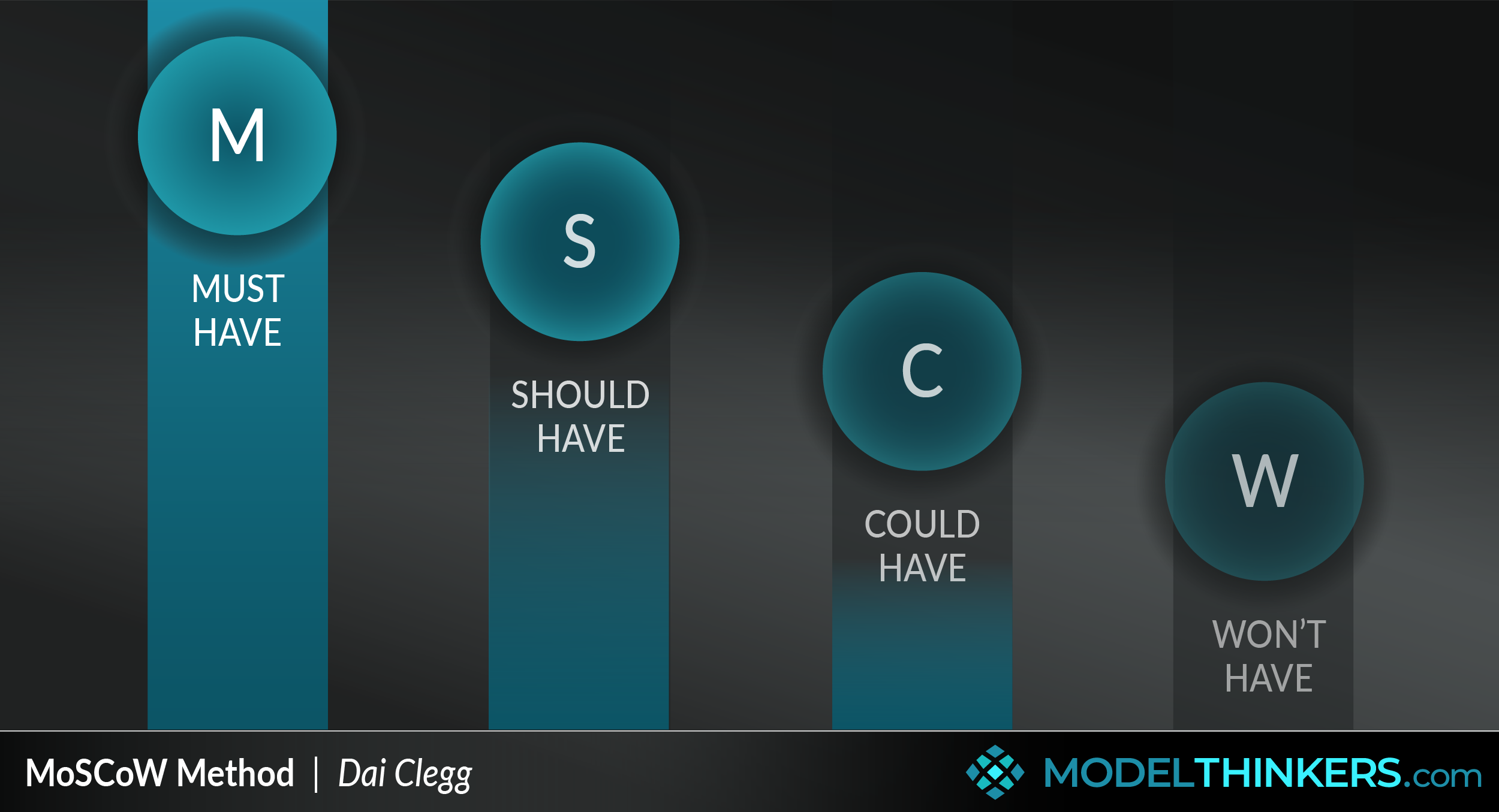

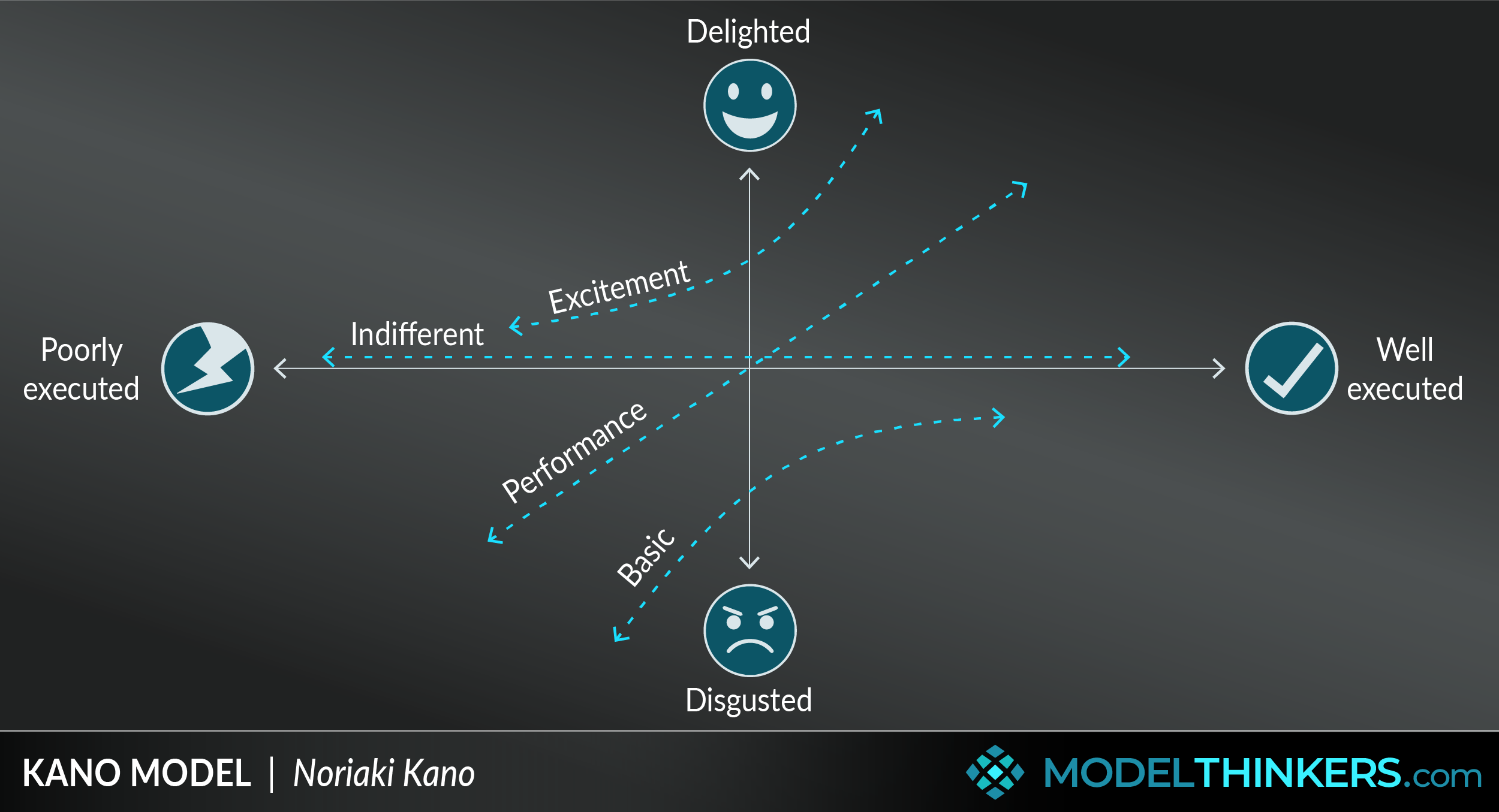
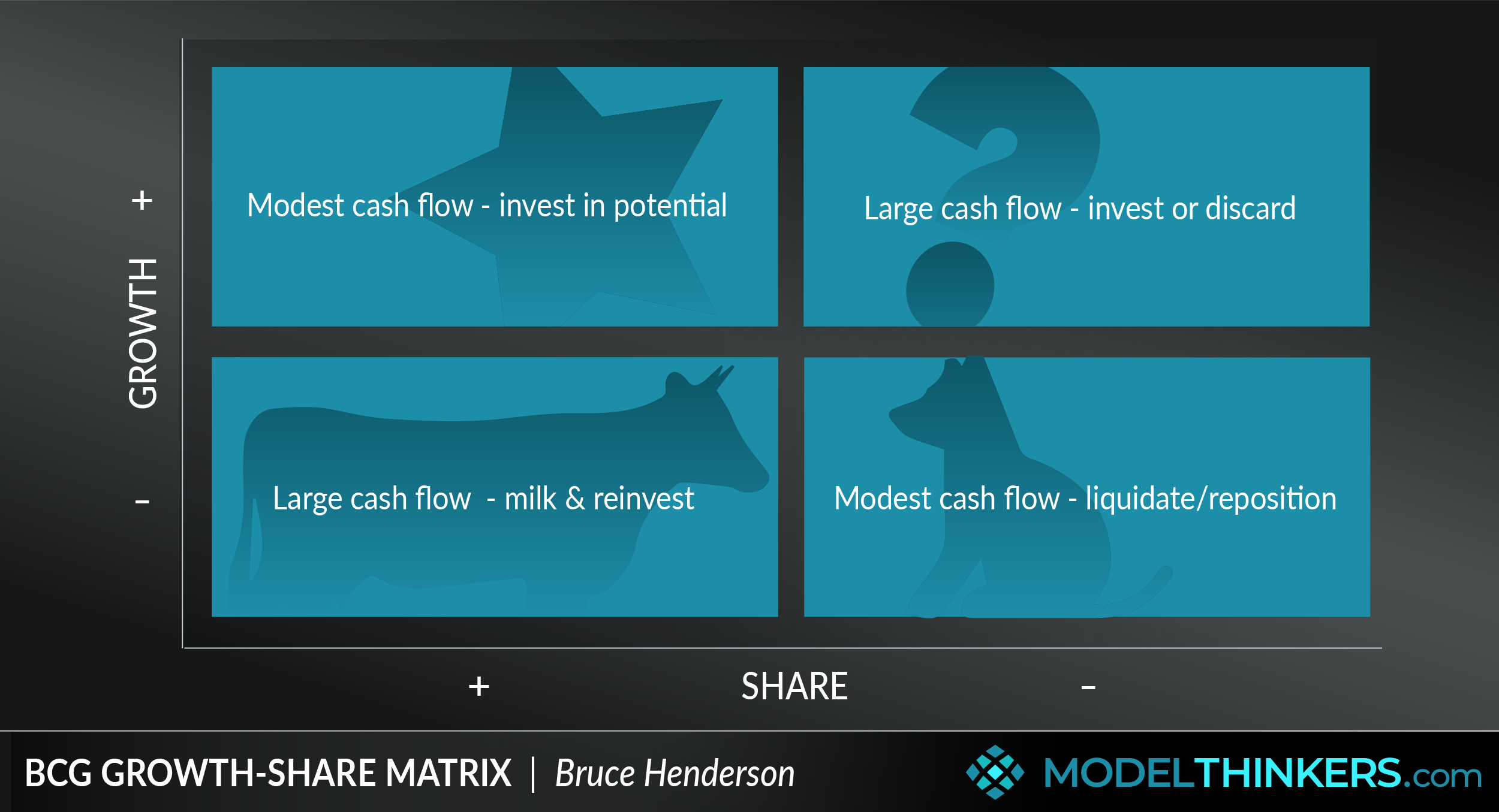


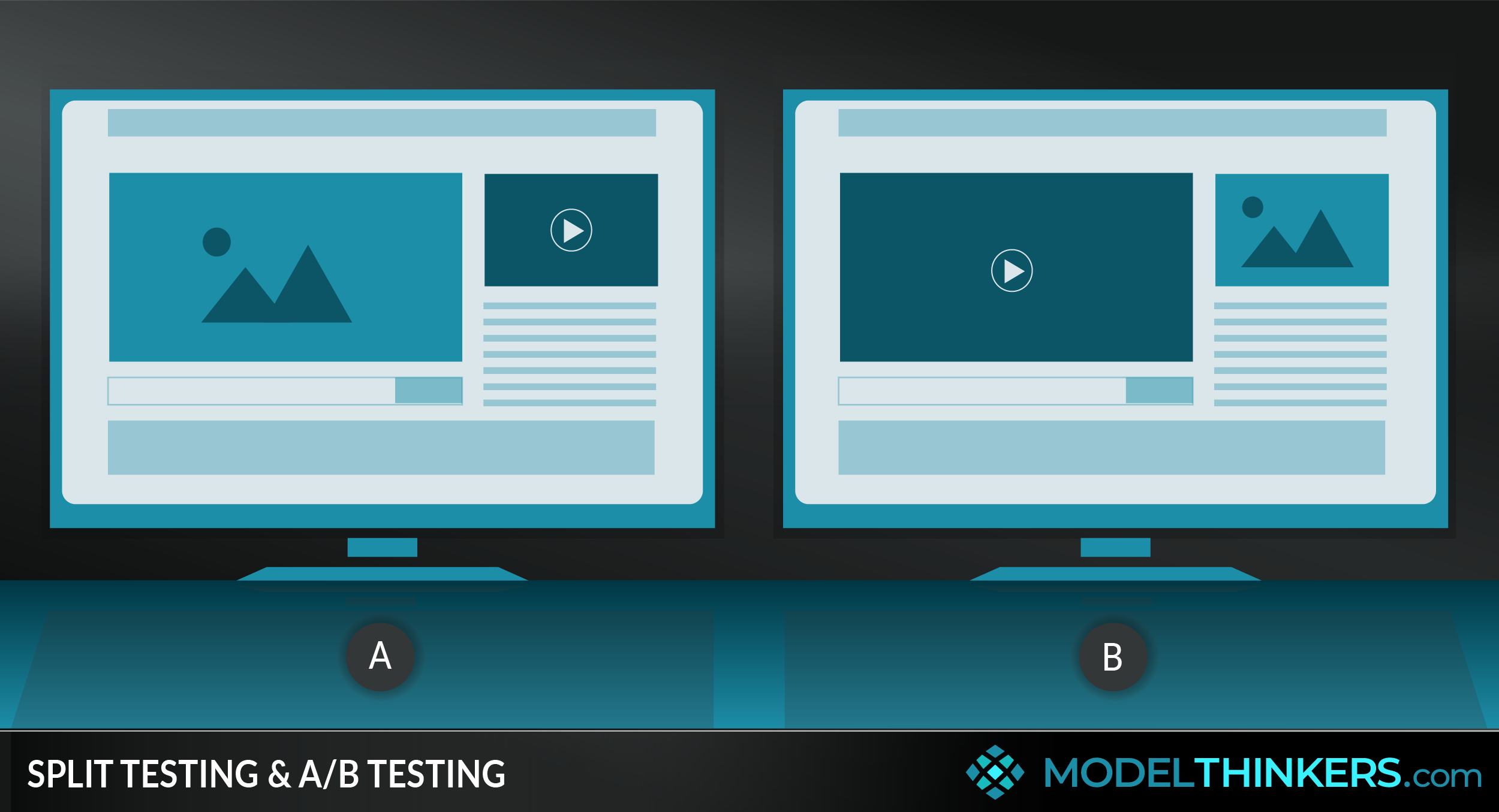
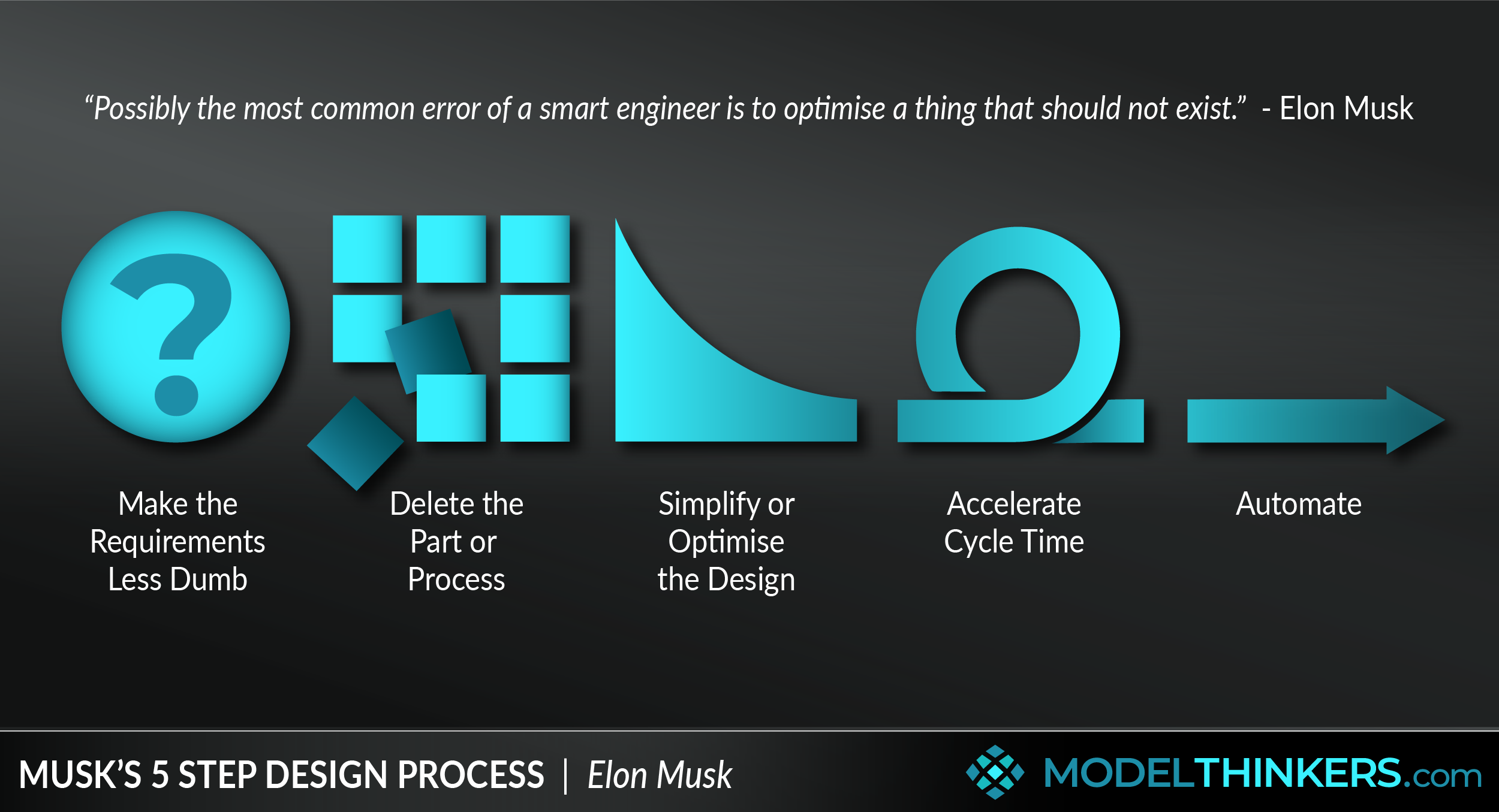
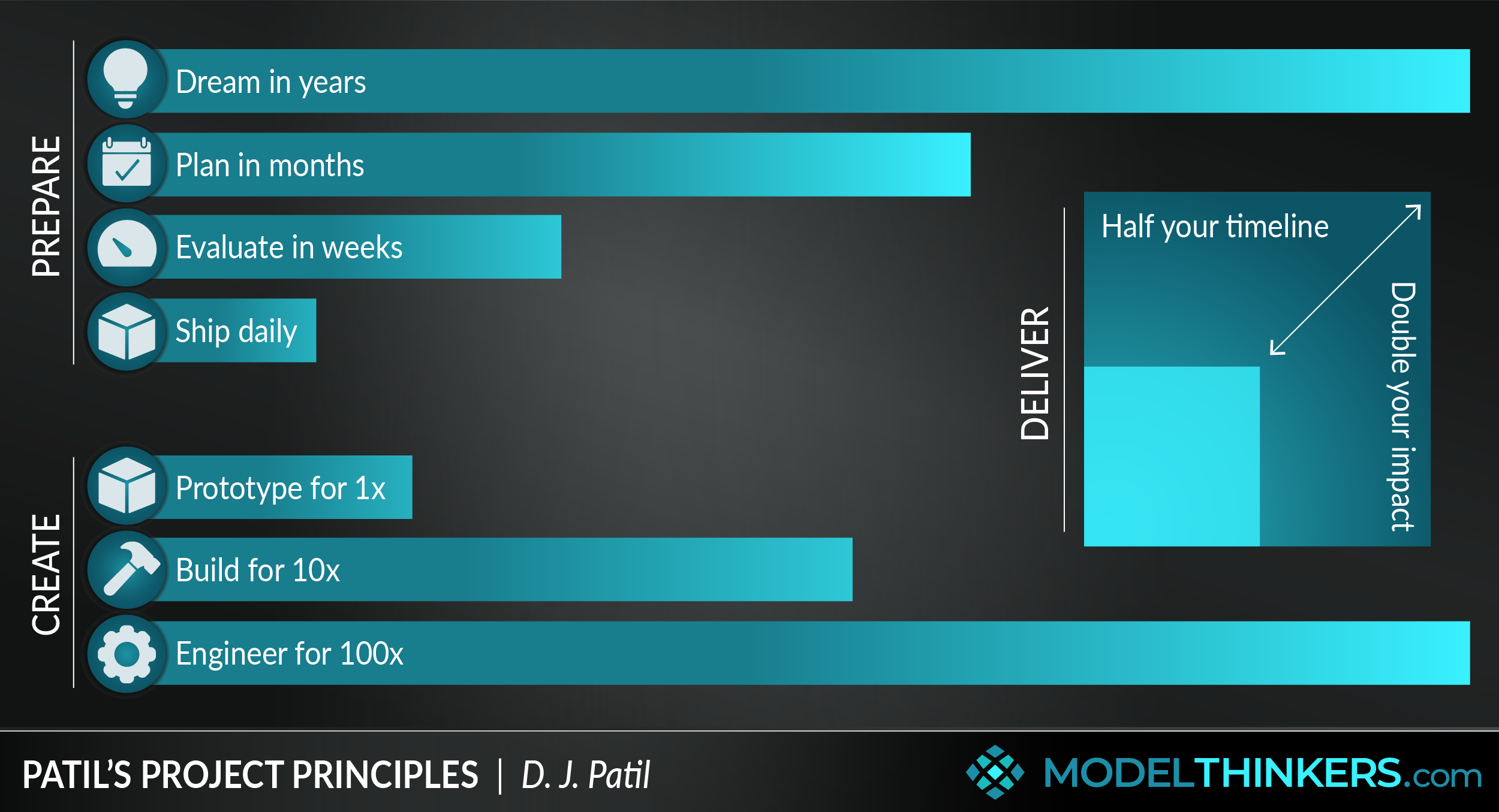
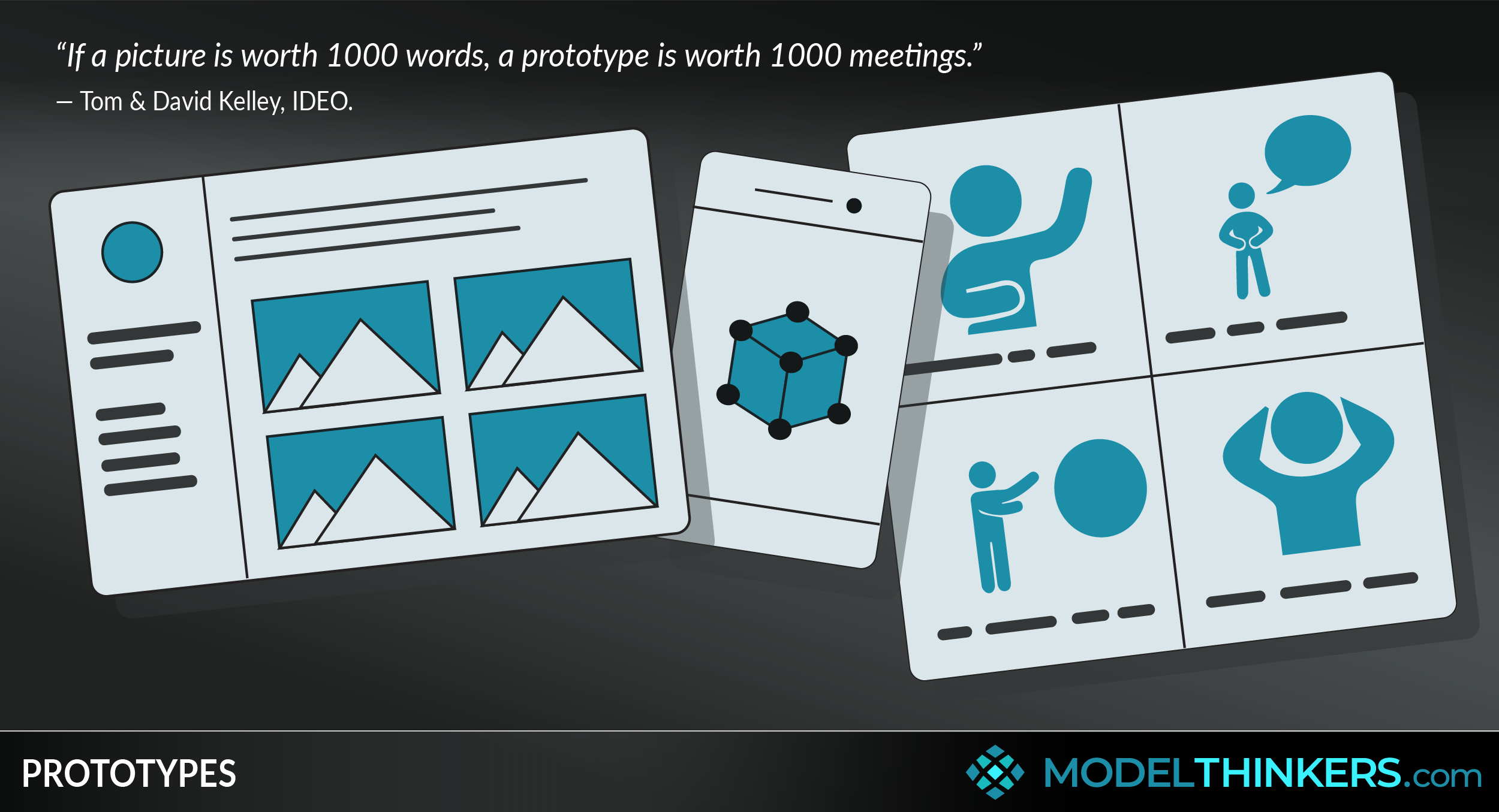
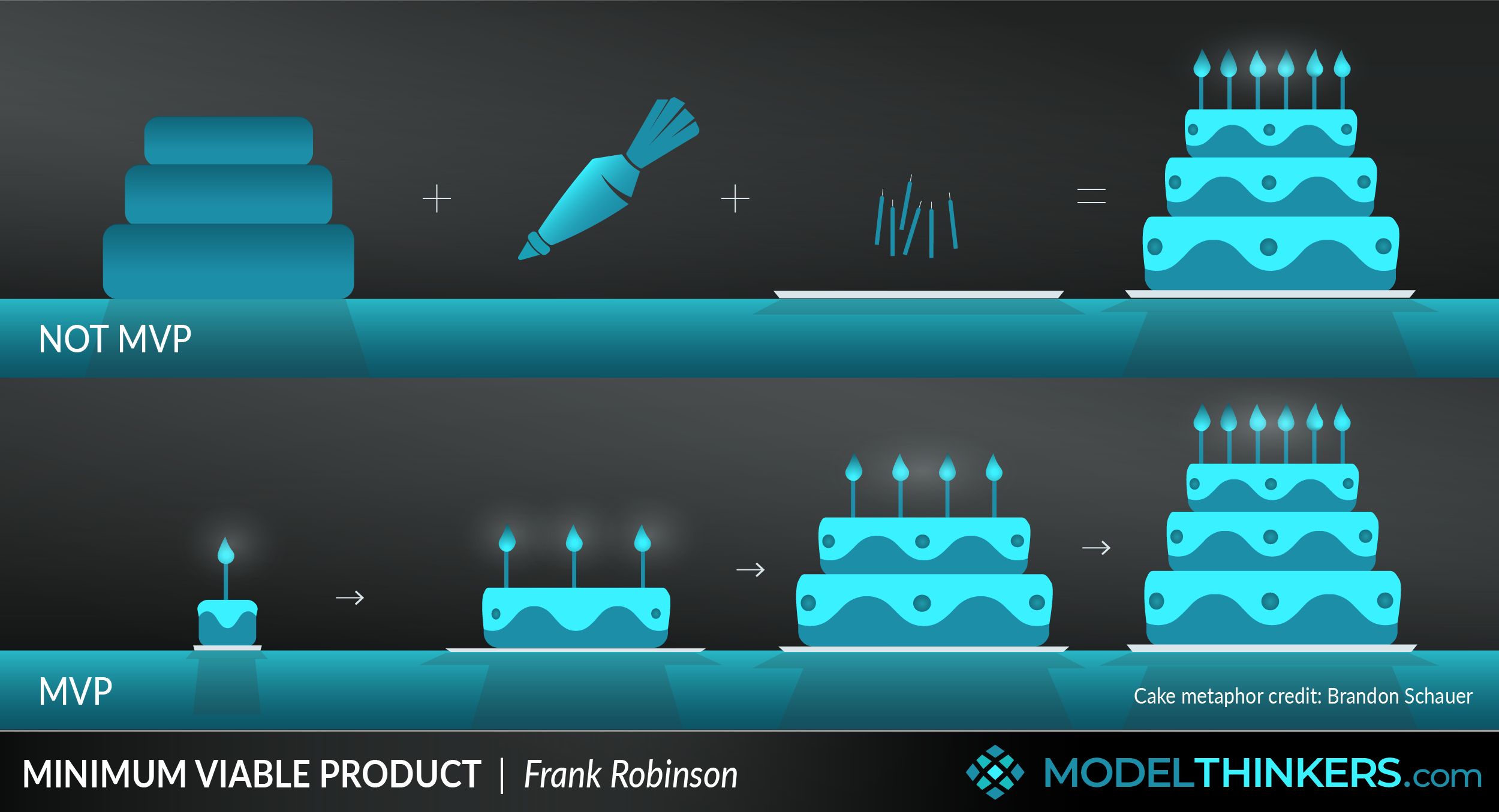
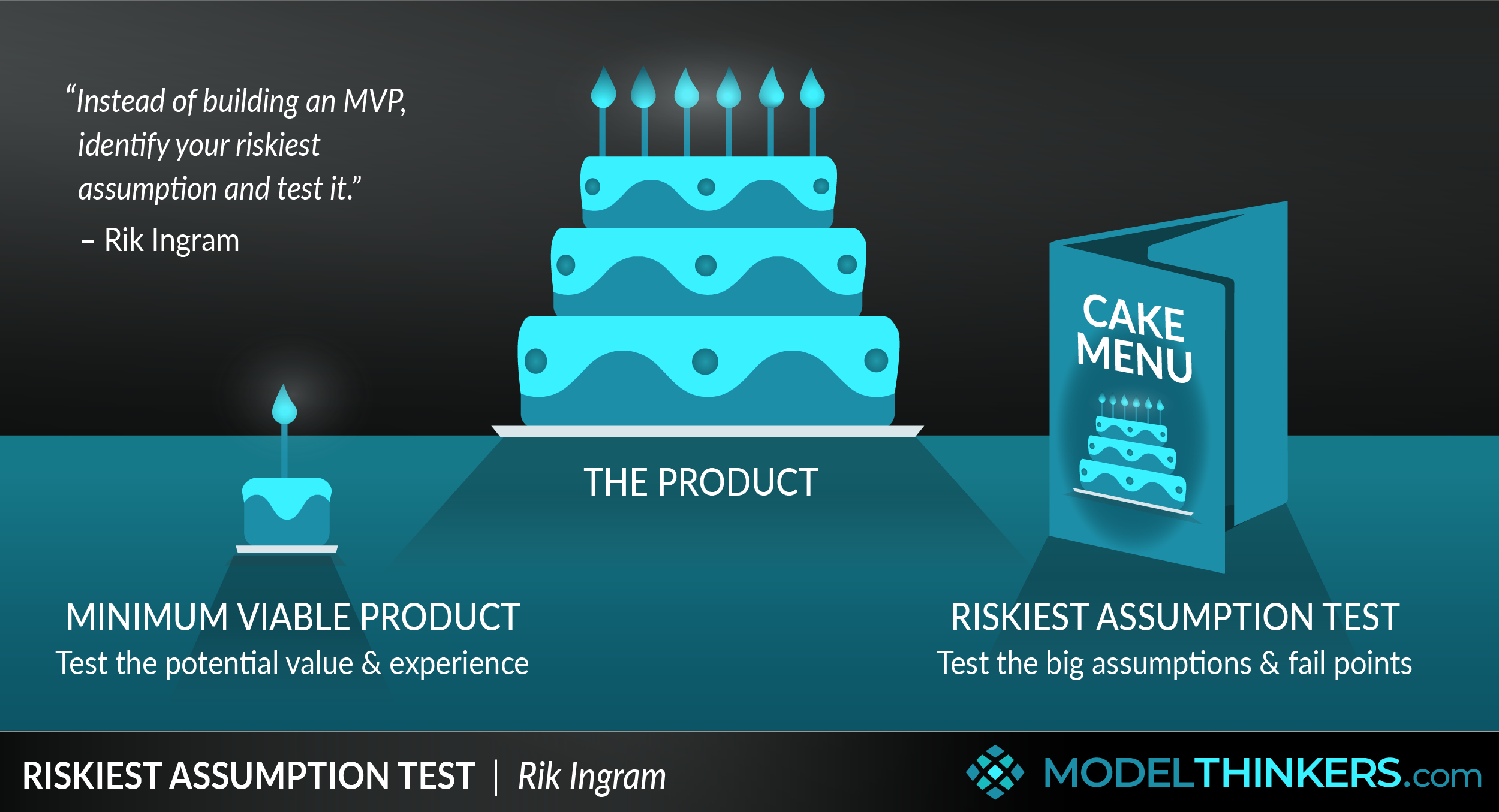
Premium content
Please do login or sign up to see premium contect
Subscription expired!
Please renew your subscription to access this feature.
 My Notes
My Notes



